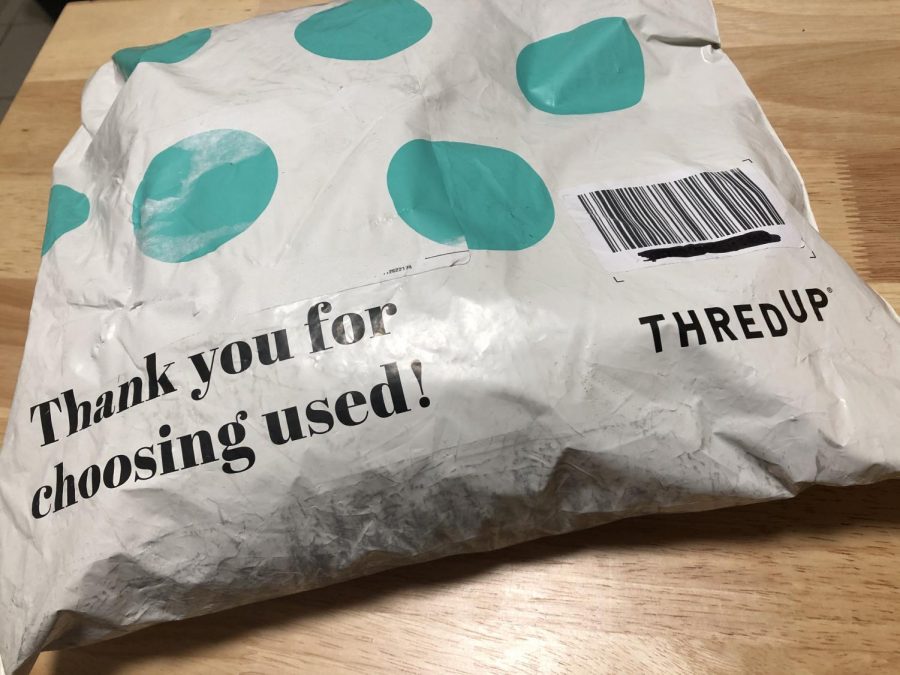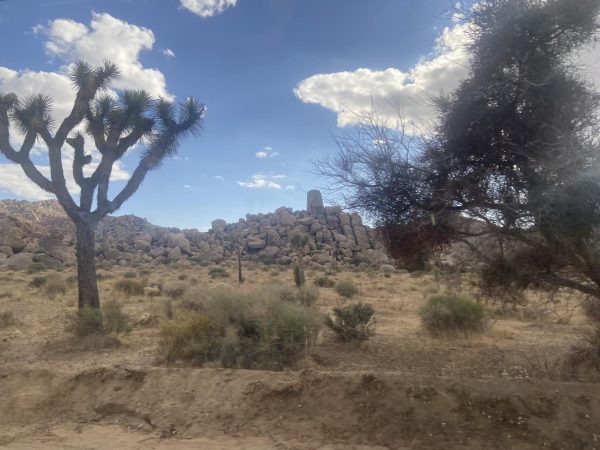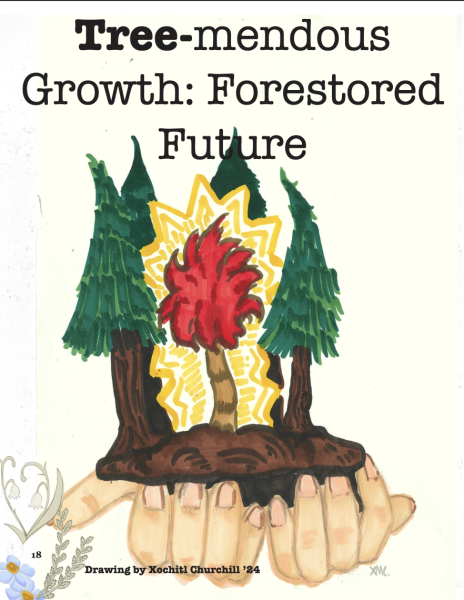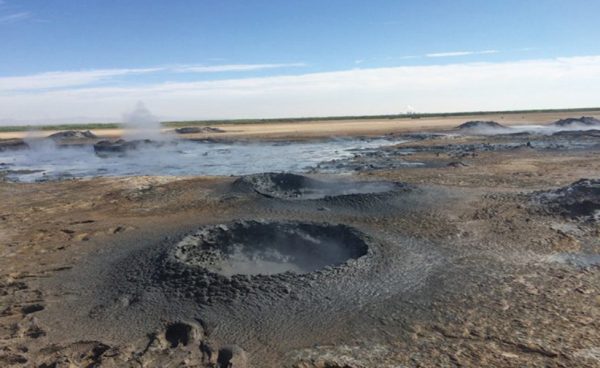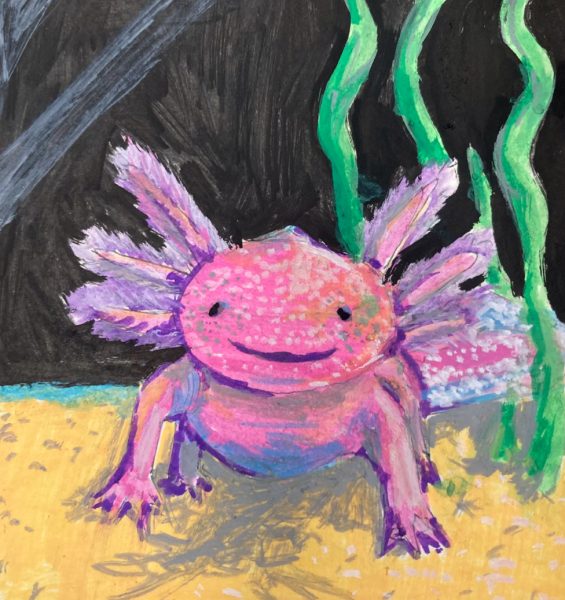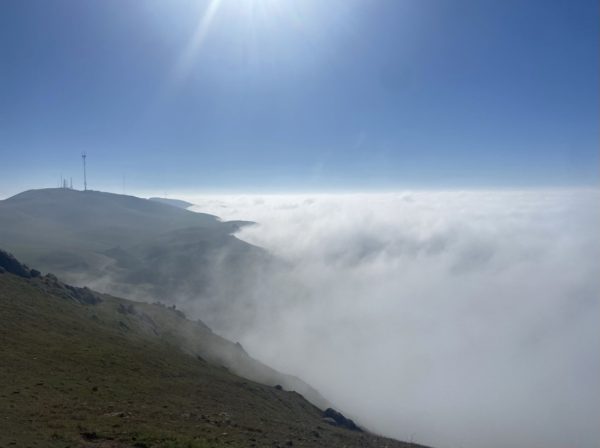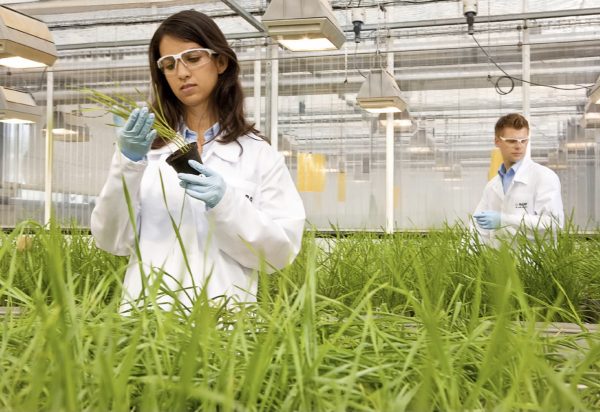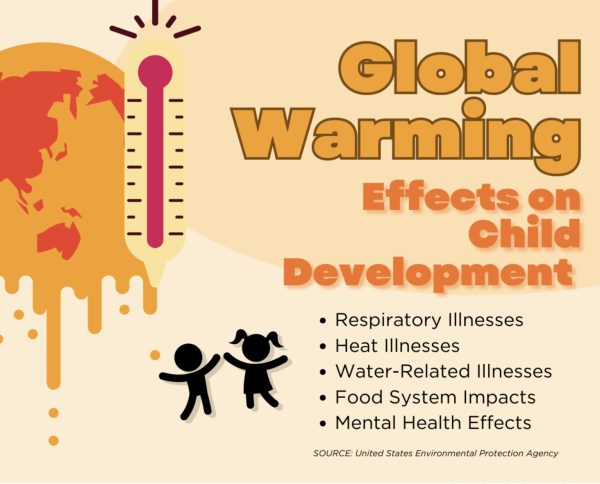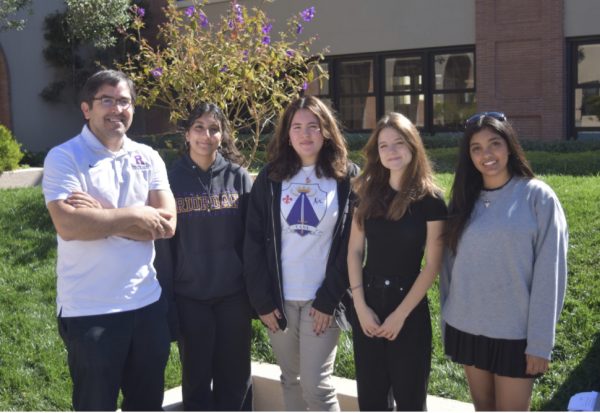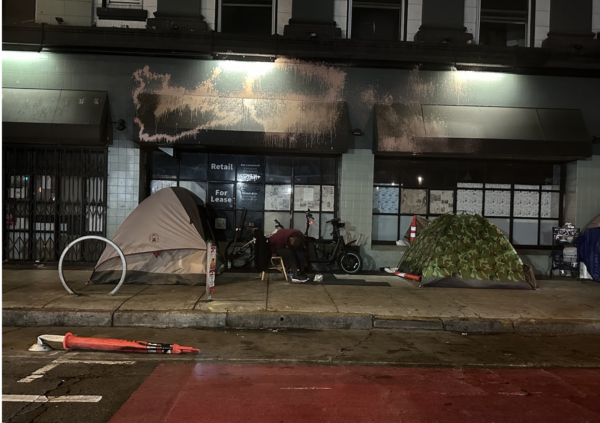Why “one’s trash is another one’s treasure” is saving the planet
ThredUp is one of many companies that encourages a more environmentally friendly approach to buying and selling.
February 4, 2021
Cheaply made clothes are filling up landfills but thrifting has become more popular. Can people change a small part of their lifestyles to combat the effects of fast fashion?
Science Department chair at Riordan High School, Colleen O’Rourke said, “I think of ‘fast fashion’ as like junk-food fashion. It’s flashy, alluring, and cheap, but it’s often low-quality, and has a lot of hidden costs.”
Even if consumers use clothes with only natural fibers, they still risk the cost of wasting other resources to make them. She suggested people use what is already out there, and thrift.
Jocelyn Leon-Guerrero ’21 said, “Many upscale designers sell items made of materials similar to fast fashion, but for a much higher price, making their products seem better than they are. Consumers are also just paying for the brand name.”
Thrifting has become very popular recently. Not only does it reduce the amount of waste going to landfills, reduce air pollution from destroyed, unsold products, and help reduce the amount of employees in poor working conditions, but also looks just as fashionable and saves money.
Let’s go to the root, even before the factories. Fashion design student, Mila Sall, at School of the Art Institute in Chicago, said students there are starting to progress more toward sustainability in their materials and art. Generally, the students tend to know more, but teachers are slowly getting on board.
Lisa Etherington, Vice President for Inventory management at Gap Inc., said Old Navy is really trying to do their part by using cotton that doesn’t waste as much water to make and donate unsold inventory rather than destroying it as many other companies do.
Where should people start to become better environmental consumers of fashion? Depop and ThreadUP are a great way to start online. There are many thrift shops around San Francisco like Buffalo Exchange, Community Thrift, and Mission Thrift. For those who like to save rather than spend, embroidering a bright little flower over a hole in a pair of torn jeans is a great way to mend something.
Citizens of the world are currently consuming 80 billion pieces of clothing per year, 400% more than 10 years ago. Environmentalists agree this needs to change to a more sustainable range in order to reduce pollution and waste.


